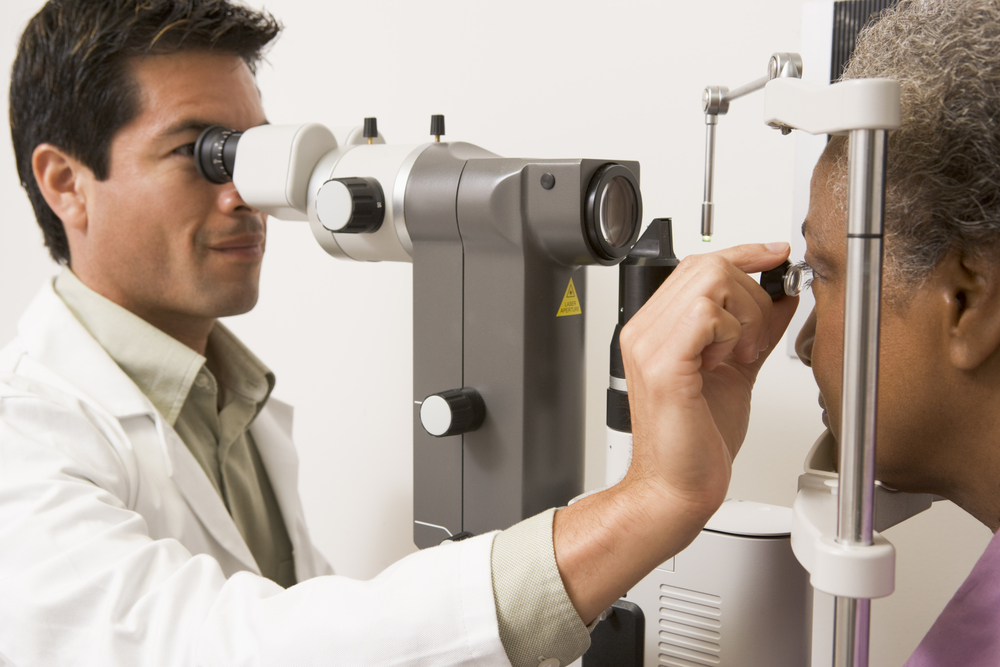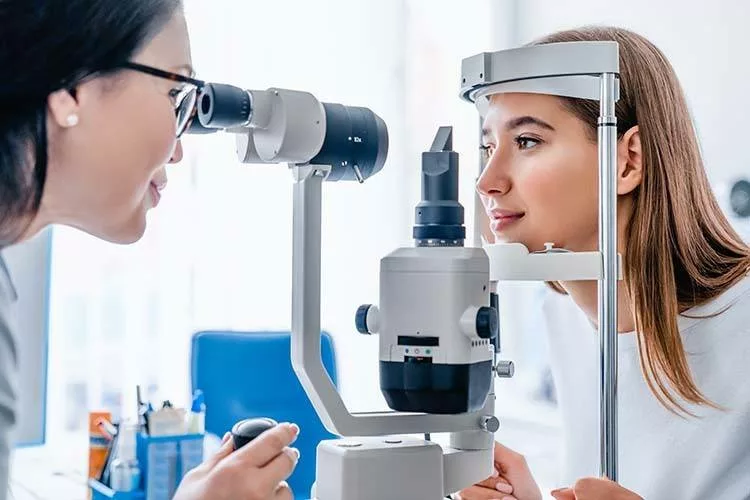The Comprehensive Eye Exam: What to Anticipate During Your Visit to the Eye Doctor
A browse through to the eye physician for an extensive eye test is greater than a regular examination; it is an essential step in guarding your aesthetic wellness. From the preliminary discussion of your clinical background to the precision of the visual skill test, each part of the test offers a particular function. Yet just what takes place during the eye wellness evaluation, and how does it influence the prescription procedure? Comprehending these components is vital for those who want to maintain ideal sight. As we discover each element, the significance of follow-up suggestions will certainly additionally become clear.
Initial Consultation
The preliminary consultation throughout an eye examination acts as a vital foundation for recognizing a client's aesthetic health requirements. This phase sets the tone for the whole evaluation procedure, enabling the eye doctor to collect essential information regarding the patient's case history, way of life, and certain vision concerns. By meticulously assessing any type of pre-existing problems, drugs, or previous surgical procedures, the eye treatment specialist can customize the evaluation to address specific requirements successfully.

Additionally, the first consultation is an opportunity for patients to articulate any kind of worries or inquiries, fostering a collaborative relationship with their healthcare company. This interaction not just makes certain that the client feels informed and comfortable however likewise equips them to participate actively in their eye wellness administration. Jointly, these discussions enable the eye doctor to devise a tailored exam strategy, guaranteeing optimal care and accurate medical diagnosis.
Visual Skill Test
Beginning the core parts of an eye exam, the visual skill examination is made to analyze the sharpness and clearness of a client's vision. This critical evaluation aids determine exactly how well an individual can determine letters or symbols at a standardized distance, generally making use of a Snellen chart (Opticore Optometry). The graph consists of rows of letters that reduce in dimension inside out, with the individual positioned at a popular range of 20 feet
Throughout the examination, the patient is asked to cover one eye and review out loud the smallest line of letters they can see plainly. This process is repeated for the various other eye. The outcomes are recorded as a fraction, with 20/20 vision showing normal visual acuity-- where the client can see at 20 feet what an individual with regular vision can see at that range.
The visual acuity examination also recognizes prospective refractive mistakes such as myopia, hyperopia, or astigmatism, which could demand rehabilitative lenses. By establishing a baseline of visual performance, the test is an indispensable analysis device that aids the eye care professional in developing an appropriate treatment plan customized to the patient's one-of-a-kind visual needs.
Eye Health Assessment
Complying with the aesthetic skill examination, a comprehensive eye health assessment is conducted to ensure the total well-being of the eyes. This essential sector of the eye examination entails a complete examination of both the internal and exterior frameworks of the eye. The eye doctor or eye doctor begins by examining the eyelids, cornea, conjunctiva, and sclera for any type of indications of infection, inflammation, or irregularities. Using specialized tools like a slit lamp, the professional gets a magnified sight of the eye's anatomy, allowing in-depth evaluation.
Through the usage of ophthalmoscopy or fundus photography, the retina, optic nerve, and blood vessels are meticulously assessed. In many situations, student extension is carried out to enhance exposure of the inner eye frameworks, although this might result in momentary light sensitivity for the individual.
In addition, intraocular pressure is measured to screen for glaucoma risk. This is typically done using tonometry, which can discover elevated stress degrees that could recommend possible damage to the optic nerve. Collectively, these assessments develop a comprehensive evaluation to keep eye health.
Refraction and Prescription
Refraction is a sophisticated procedure performed by eye treatment experts to figure out the exact lens power needed to correct refractive mistakes such as nearsightedness, presbyopia, hyperopia, and astigmatism. The goal of this treatment is to examine just how light bends as it passes via the eye, allowing the expert to establish whether restorative lenses are essential for improved aesthetic skill.
Throughout get more the refraction procedure, the patient is asked to check out a phoropter, a device that contains numerous lenses. The specialist will methodically change these lenses and ask the person to compare clearness between choices until the most effective feasible vision is accomplished. This procedure is vital in crafting an exact prescription that defines the suitable lens power for glasses or call lenses.
The prescription originated from this procedure not only optimizes vision yet also functions as a foundation for picking suitable rehabilitative glasses. It is important to ensure that prescriptions are routinely updated, as changes in vision can happen gradually, emphasizing the importance of regular eye evaluations. This meticulous description focus to information helps maintain clear, comfy vision in life.
Follow-Up Recommendations

Throughout a follow-up visit, the eye physician will perform a series of tests to review visual acuity and look for any adjustments in vision that may necessitate an update to the prescription. In addition, the follow-up offers a chance to discuss any discomfort or concerns experienced with present eyeglasses. Adjustments can be made to guarantee comfort and efficiency, whether with lens alteration or framework changes.
For people with recurring problems such as glaucoma, diabetes-related eye problems, or macular degeneration, even more regular follow-ups may be necessary. These appointments are vital for handling and possibly reducing the progression of eye click over here now illness. Following these suggestions can significantly add to preserving visual wellness and protecting against long-term problems.
Final Thought
The extensive eye exam is a necessary procedure for keeping aesthetic health, including a detailed assessment of medical background and vision problems. Secret elements include the visual acuity test, which examines sight quality, and the eye health evaluation, which examines the general condition of the eyes.
A browse through to the eye medical professional for a thorough eye exam is even more than a routine exam; it is an essential step in protecting your visual wellness.Kicking off the core components of an eye examination, the aesthetic skill examination is designed to assess the intensity and quality of an individual's vision.Complying with the aesthetic skill test, a detailed eye health and wellness analysis is performed to make certain the general well-being of the eyes. These check outs enable the eye treatment professional to check changes in vision, update prescriptions, and examine the total health of the eyes. Key components consist of the aesthetic acuity examination, which evaluates eyesight quality, and the eye health and wellness assessment, which examines the total problem of the eyes.